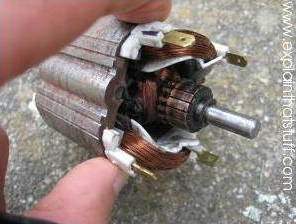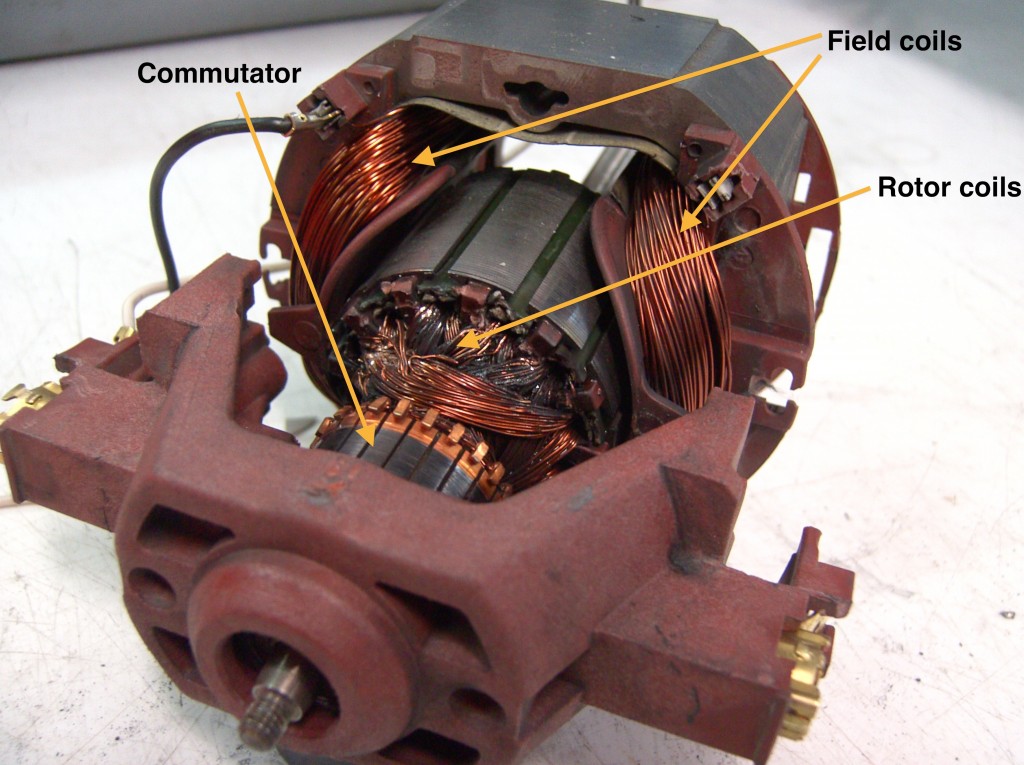We looked at the photoelectric effect last week. This video has a similar demonstration to the gold leaf electroscope experiment I showed you in class and includes an explanation of the process.
Click on the picture below to download the simulation we used to investigate the effect of irradiance on frequency on photocurrent.
You can change the metal under investigation (we used zinc in class). You can also vary the wavelength and irradiance of the light. Notice that below the theshold frequency you can’t get any photoelectrons, even if you set the light to its brightest setting.




